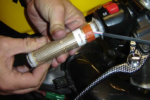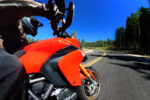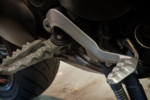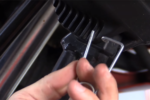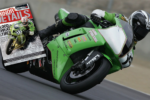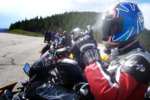These 3 Things Are More Dangerous Than You Think
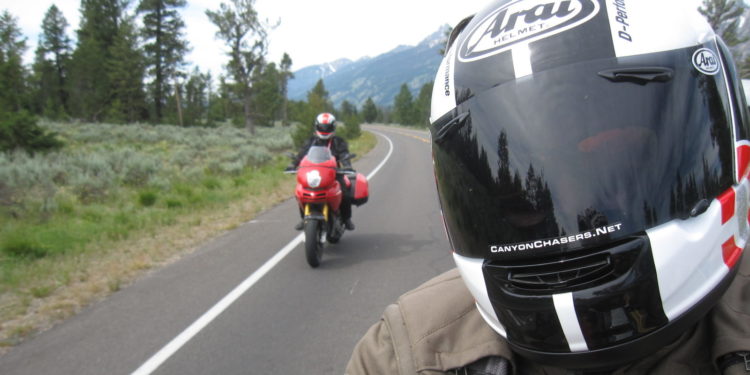
Some things feel right on a motorcycle… until they get you in trouble. The truth is, a lot of common riding habits are actually dangerous motorcycle habits that seem harmless—sometimes even safe—until they compromise your grip, control, or cornering ability when it matters most.
Here are three habits you need to stop doing now—and what to replace them with.
1. Tipping In Too Early
We all love corners—it’s the best part of riding. But a lot of riders turn into the corner too soon. Whether it’s excitement or fear of running wide, tipping in early can backfire.
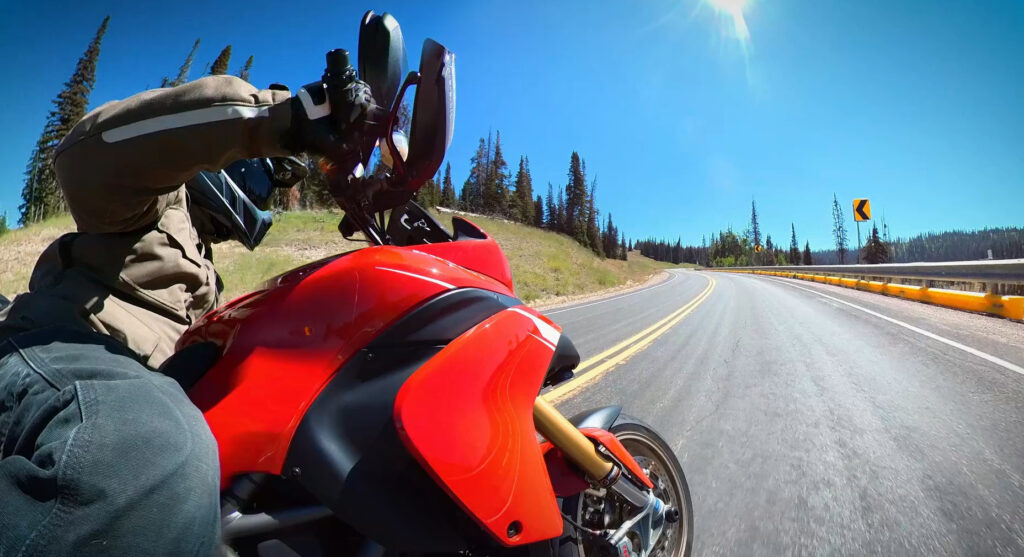
Why it’s dangerous:
You reduce your visibility—trees, rocks, and houses can block your view.If the corner tightens unexpectedly, you’re already committed and may have fewer options.You often end up needing a mid-corner correction—exactly when you want stability, not surprises.
What to do instead:Start from the outside and delay your turn-in until you can see your exit. Slowing down and staying wide gives you a better line, less lean, and more grip. Remember: the goal is less risk and more exit speed, not charging in blind.
Pro tip: Be mindful of the white line (gravel) and yellow line (oncoming traffic). Choose a line that prioritizes safety and performance.
2. Coasting Through Corners
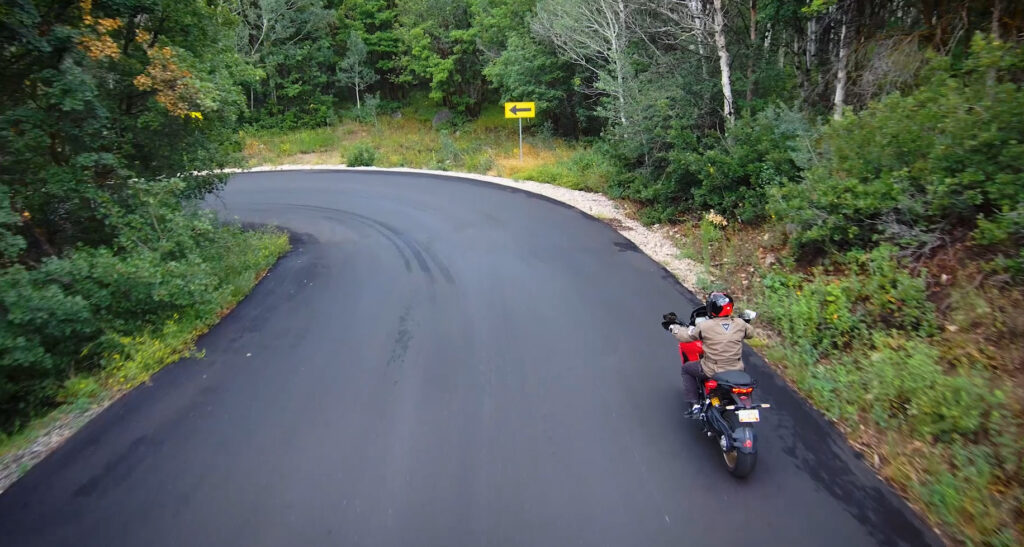
This one’s surprisingly common: riders pull in the clutch and coast through corners thinking it feels smoother. But that sensation comes at a cost.
Why it’s dangerous:
You lose engine braking, which helps manage speed—especially on downhill turns.Maneuverability suffers. If you need to adjust mid-turn, you’re at a disadvantage.Re-engaging the clutch suddenly can cause the rear wheel to hop or slip.Delayed throttle response makes emergencies harder to handle.
What to do instead:Stay in gear and keep the engine connected to the rear wheel. If you feel like you’re slowing down too much, select a higher gear instead of disengaging the clutch. Smooth power = smooth control.
3. Counter-Leaning at Speed
This one feels safe—and even gets recommended in some circles—but it’s situational at best. Counter-leaning means keeping your body upright while leaning the bike underneath you. It works at parking-lot speeds. But once the pace picks up?
Why it’s dangerous:
More lean angle = less grip and cornering clearance.It restricts your ability to look through the turn—your shoulder blocks your head rotation.It can create instability by exaggerating lean without adding control.
What to do instead:At speed, just stay neutral or slightly to the inside of the bike. You don’t need a MotoGP hang-off—just rotate your hips, drop your inside shoulder slightly, and point your zipper into the corner. This reduces lean angle, increases grip, and aligns your head and eyes with the exit.
Even a small shift can improve your control and reduce risk.
Final Thoughts
These three habits—early tip-ins, corner coasting, and counter-leaning—feel safe because they mask the real risks underneath. But they rob you of grip, visibility, and responsiveness when you need them most.
The good news? You can retrain your instincts and ride with greater awareness and intention.
